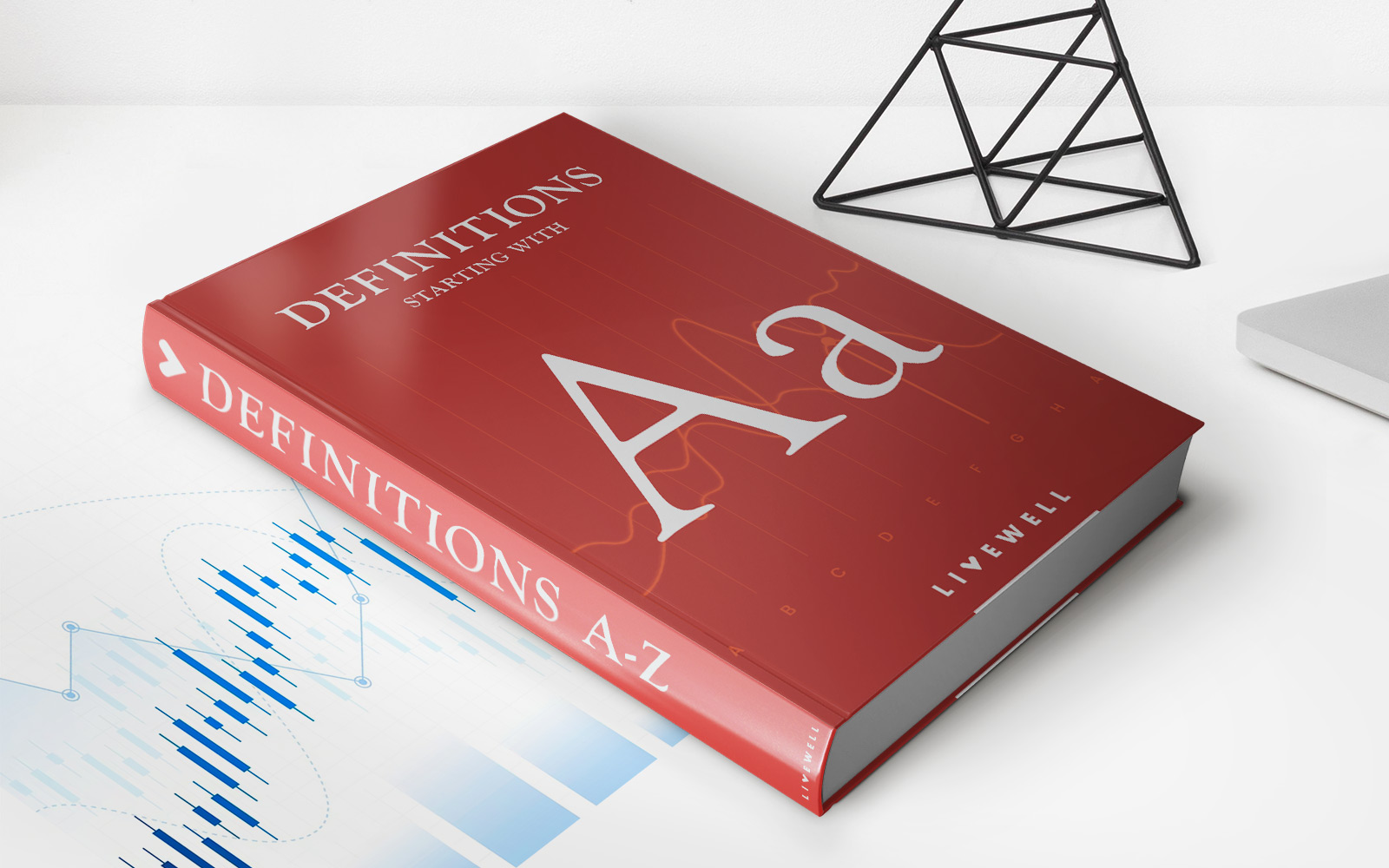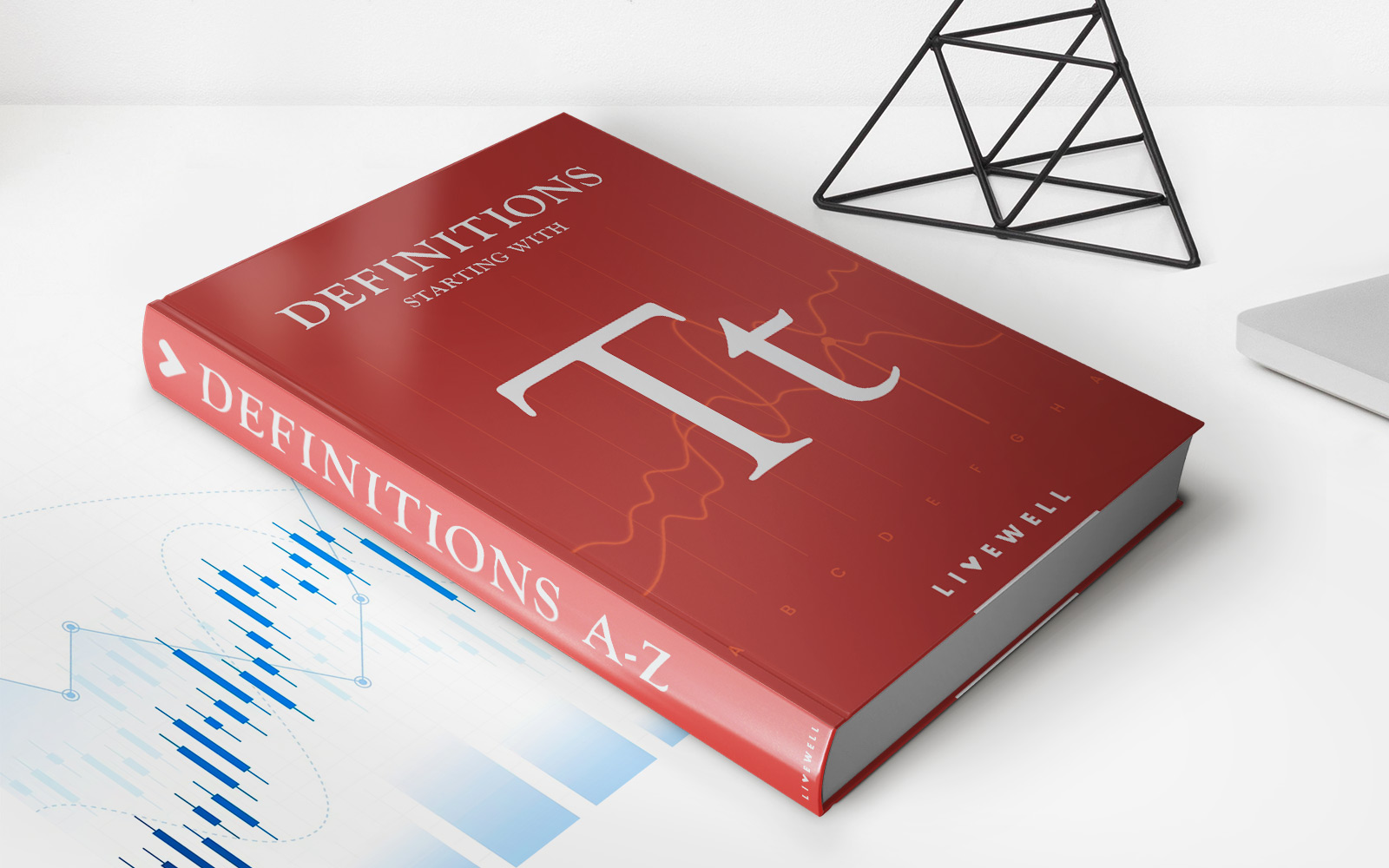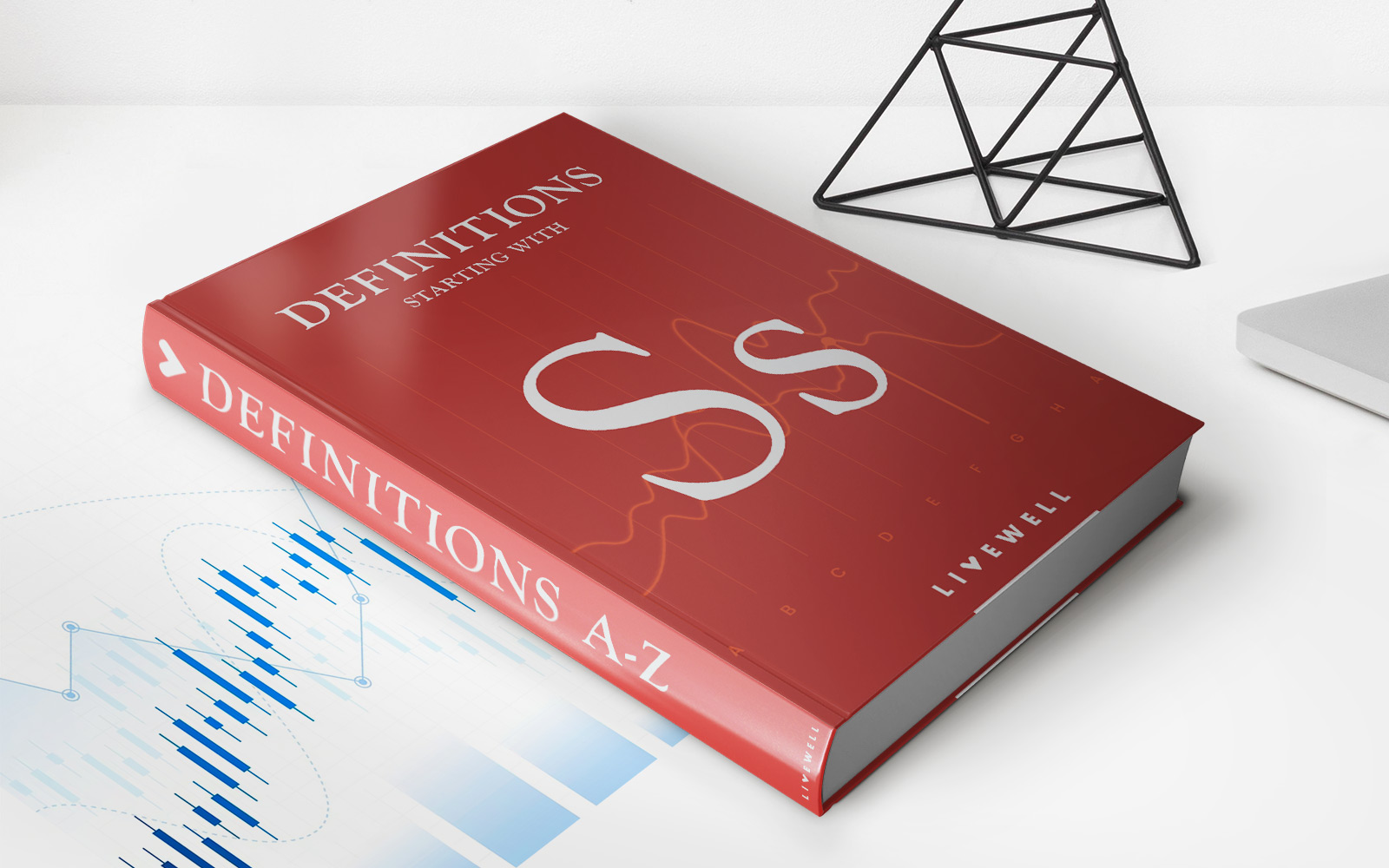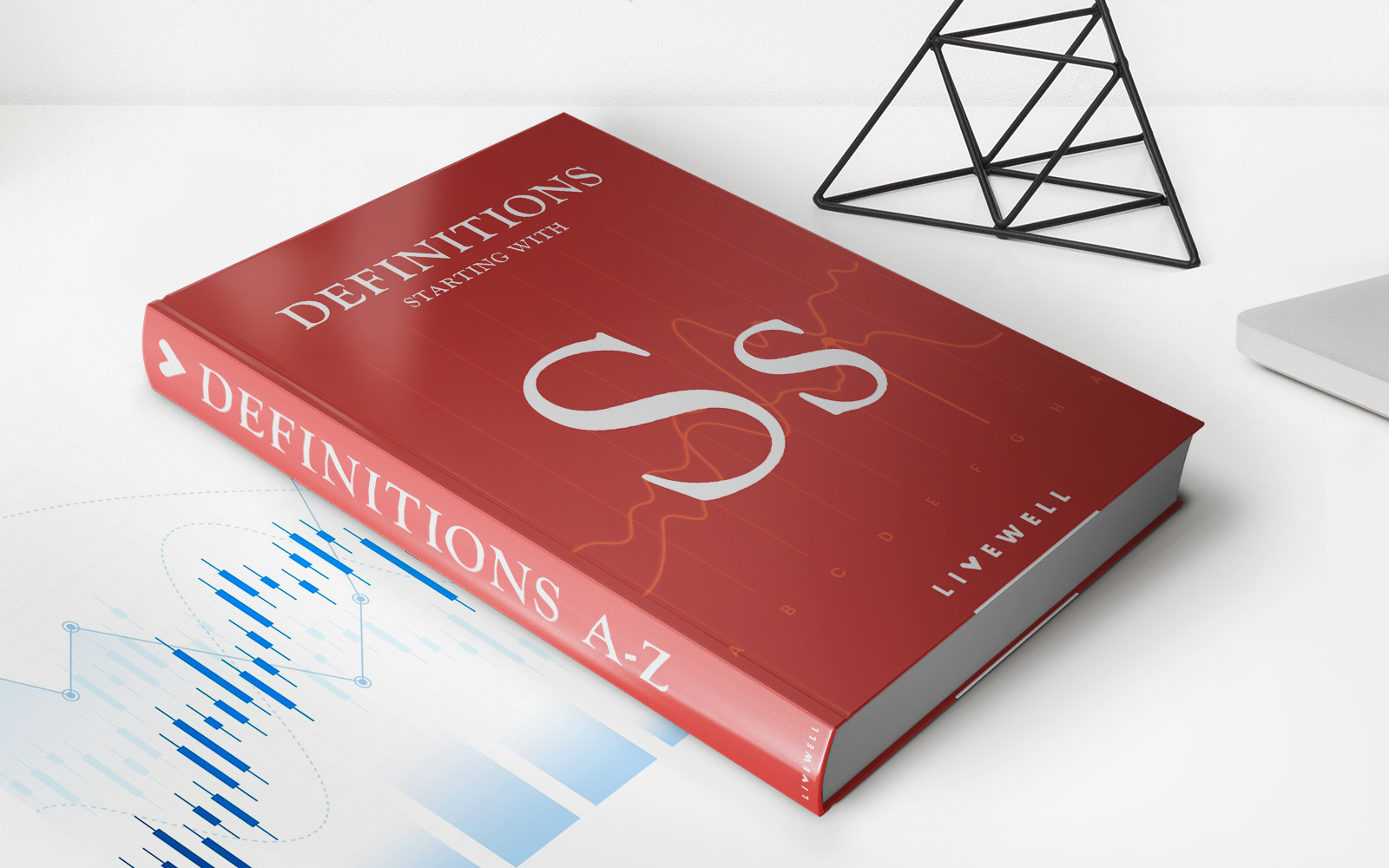Home>Finance>Trade Sanction: Definition, Purpose, Types, And Examples
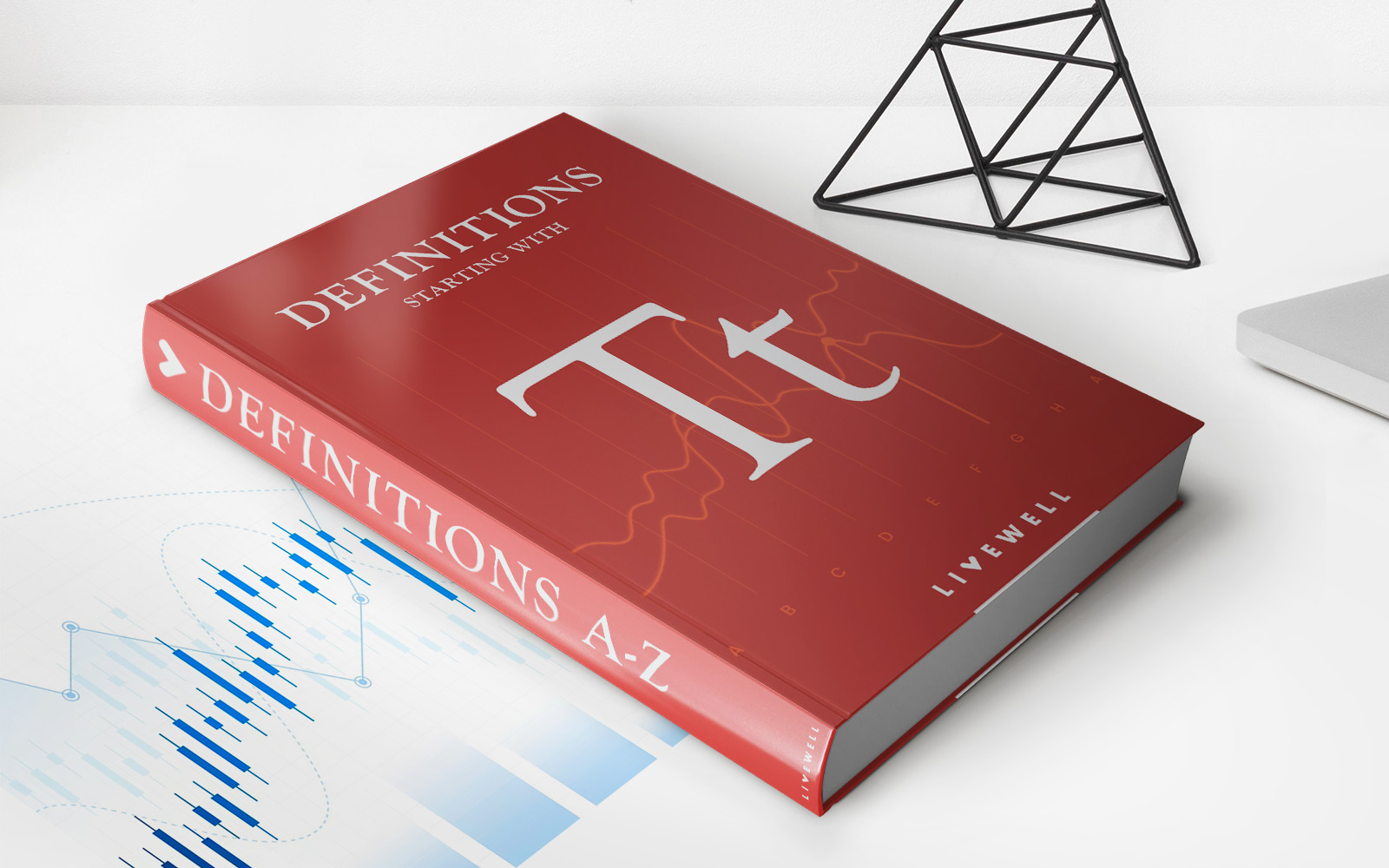

Finance
Trade Sanction: Definition, Purpose, Types, And Examples
Published: February 10, 2024
Discover the meaning, goals, various types, and real-life instances of trade sanctions in the world of finance. Explore the profound impact and implications of these financial restrictions.
(Many of the links in this article redirect to a specific reviewed product. Your purchase of these products through affiliate links helps to generate commission for LiveWell, at no extra cost. Learn more)
Trade Sanctions: Definition, Purpose, Types, and Examples
Welcome to our Finance blog! In today’s post, we will dive into the world of trade sanctions. Have you ever wondered what trade sanctions are, why they exist, and how they can impact global markets? Well, you’ve come to the right place! In this article, we’ll explore the definition, purpose, types, and provide some real-life examples of trade sanctions. So, let’s get started!
Key Takeaways:
- Trade sanctions are economic measures imposed by one country on another to restrict or limit trade activities in response to specific political, economic, or social reasons.
- The purpose of trade sanctions is to pressure the target country to change its behavior, comply with international norms, or resolve disputes through diplomatic means.
What Are Trade Sanctions?
Trade sanctions are a form of international trade restriction implemented by one country or a group of countries on another country to discourage specific conduct or policies. These restrictions can include imposing tariffs, embargoes, travel bans, asset freezes, or prohibiting specific goods and services from being imported or exported.
The objective of trade sanctions is to exert economic pressure on the targeted country, with the aim of altering its behavior, protecting national security, promoting human rights, punishing violations of international law, or achieving other foreign policy goals.
Types of Trade Sanctions:
- Embargoes: Embargoes restrict or ban all trade with a targeted country, including goods, services, and financial transactions. These are usually implemented for political or security reasons.
- Tariffs: Tariffs involve imposing additional taxes or duties on imported goods from a specific country, making them more expensive for consumers. These aim to protect domestic industries or retaliate against unfair trade practices.
- Travel Bans: Travel bans restrict individuals or groups from traveling to certain countries, typically targeting government officials or individuals associated with specific activities or policies.
- Asset Freezes: Asset freezes involve freezing the assets of individuals, organizations, or governments associated with illicit activities or deemed a threat to national security. This restricts their access to funds or property held in foreign jurisdictions.
Real-Life Examples of Trade Sanctions:
Here are a few notable examples of trade sanctions that have had a significant impact on global markets:
- United States sanctions on Iran: The US implemented comprehensive sanctions on Iran to pressure the country over its nuclear program, supporting terrorism, and human rights abuses. These sanctions restricted Iran’s access to global financial markets and hindered its ability to export oil and conduct international trade.
- European Union sanctions on Russia: Following Russia’s annexation of Crimea in 2014, the EU imposed economic sanctions on Russia, targeting its energy, defense, and financial sectors. These restrictions aimed to deter further aggression and support Ukraine’s sovereignty.
- United Nations sanctions on North Korea: The UN has imposed multiple rounds of sanctions on North Korea to curb its nuclear weapons and ballistic missile programs. These sanctions include embargoes on weapons, luxury goods, and restrictions on financial transactions.
Trade sanctions can have far-reaching consequences, impacting not only the targeted country’s economy but also businesses and individuals involved in international trade. It’s crucial to stay informed about trade sanctions and their potential implications to navigate the global market landscape effectively.
Conclusion
Trade sanctions are a powerful tool used by governments to exert economic pressure on other nations. By understanding the definition, purpose, and types of trade sanctions, you can gain valuable insights into their impact on global markets and stay informed about the changing dynamics of international trade. Remember, trade sanctions are complex and ever-evolving, so keeping up with the latest developments is essential for businesses and individuals involved in cross-border trade.
We hope you found this article informative and insightful. If you have any questions or want to learn more about trade sanctions or other finance-related topics, feel free to explore our other articles in the Finance category.

